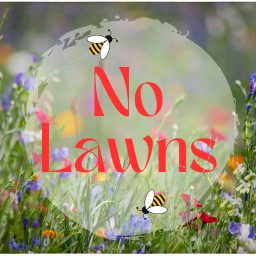Interesting video on the nuances of the categories of native, non-native, naturalized, and invasive. While we tend to be pro-native species here because they are hugely undervalued by our current society, non-native species can also have their place in urban landscapes. Invasive species should be avoided however.



I’d like to add that if a plant spreads aggressively, it’s an aggressive spreader and is not necessarily invasive, which is location and context dependent. We should be encouraging each other to add qualifiers to “that’s invasive”, such as “where I am, check your regional guidelines” or “in such-and-such bioregion” so we help people to make the best decisions for where they are and don’t discourage the use of potentially aggressive plants in regions where they are naturalized.
Something else to consider is that these designations, helpful as they are, are influenced by money and politics in addition to the ecological science. I had the fortune of being included in our state’s discussions about adding plants to the invasive species list last year - some plants were added to the list of recommendations with comments representing the interests of blueberry growers, while a separate category was created due in part to the economic interests of plant resale nurseries.
It’s almost certainly worth foregoing a plant on your region’s invasives list; it’s also certainly worth looking for research on whether a plant already present in your landscape fills a needed niche (possibly several) that you can work on filling before you begin removing it. There are several listed invasive species I treat as KOS where I am, but others whose populations are managed and replaced as more fitting plants become available.
It irks me to no end when people call Virginia Creeper invasive.
Thank you both OP and LallyLuckFarm, things are much clearer now for me.